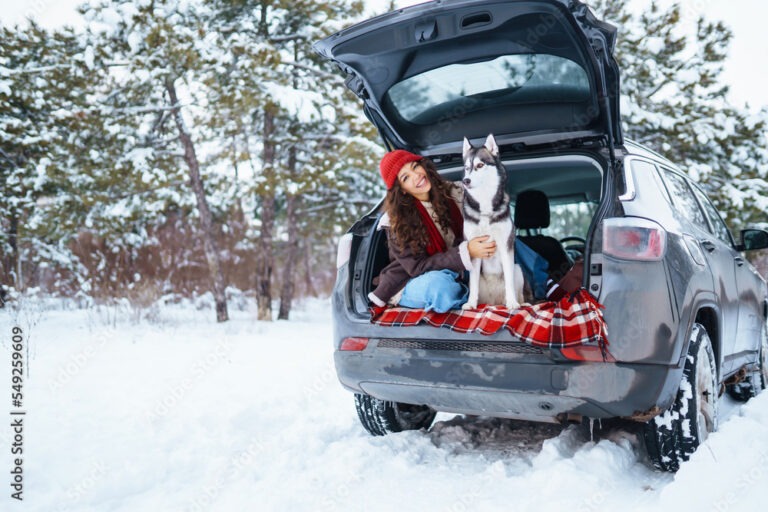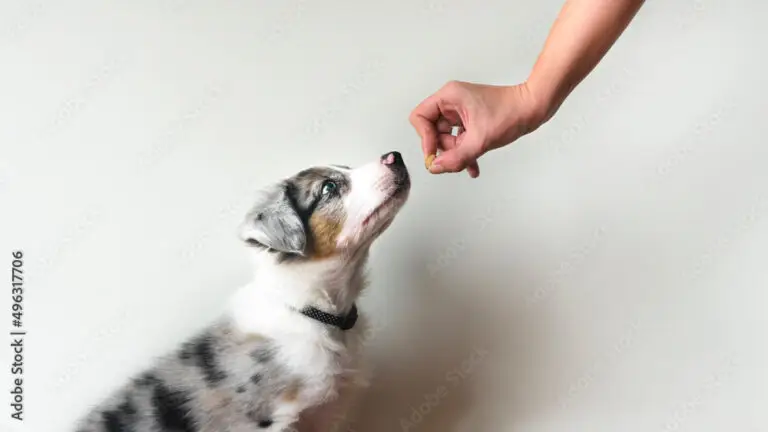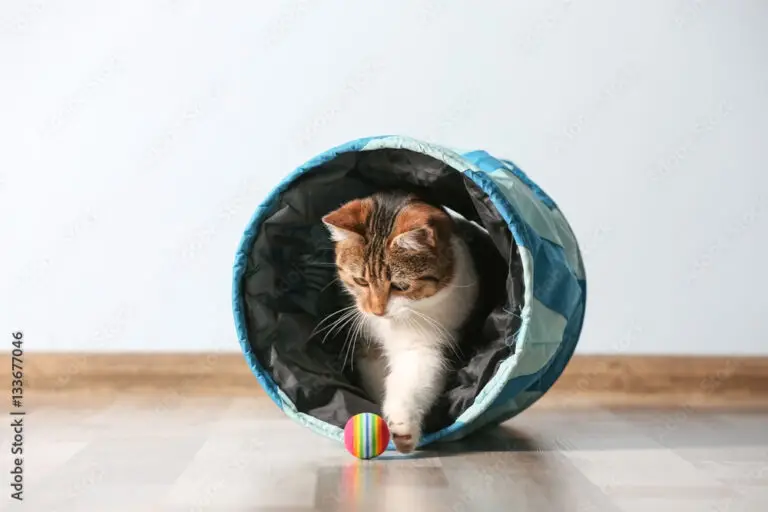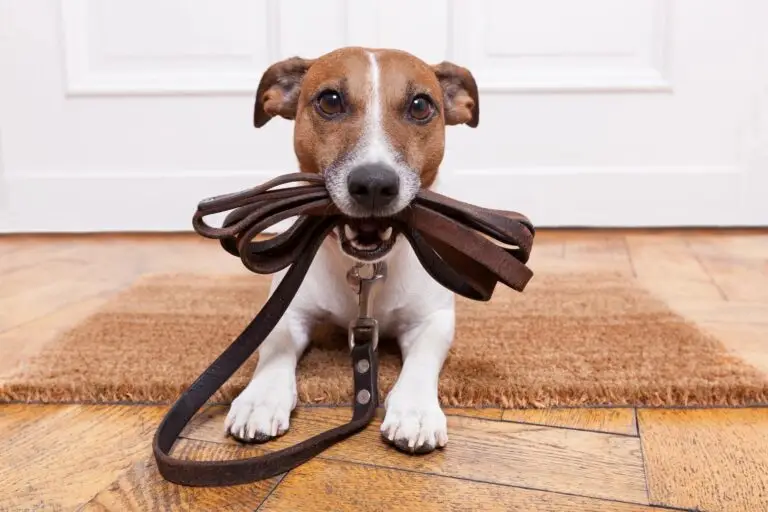How to Stop Your Dog from Jumping on People
I might receive a small commission if you click on our links and make purchases. However, please keep in mind that this does not affect reviews, product comparisons, or recommendations. We try to keep things fair and balanced to help you choose your needs best. Clicking the link does not affect your total cost.
Introduction
Is your dog a jumping bean, eagerly greeting guests with all four paws in the air? While it’s natural for dogs to be excited, jumping on people can lead to uncomfortable situations and even accidents! Many dog owners struggle with this behavior, but the good news is that it can be managed. This article will explore why dogs jump, effective training techniques to curb this behavior, and tips for promoting calm greetings. Let’s dive in and help your pup learn better manners!
Understanding Why Dogs Jump
Natural Instincts and Social Behavior:
Greeting Behavior: Dogs often jump to greet humans, mimicking their behavior with other dogs. In dog packs, jumping can signify excitement and a desire to engage.
Seeking Attention: Puppies may jump to get closer to a person’s face, often to lick or interact. This behavior is instinctual and reflects their need for socialization.
Attention-Seeking Behavior:
Reinforcement through Attention: If a dog jumps and receives attention (even if it’s a scolding), they may learn that jumping is an effective way to get noticed.
Escalating Excitement: The more attention a dog gets for jumping, the more likely it is to repeat the behavior. This creates a cycle that can be hard to break without intervention.
Effective Training Techniques to Curb Jumping
Consistency is Key
Unified Commands: All family members should use the same commands and reactions to avoid confusing the dog. For example, if one person allows jumping while another corrects it, the dog won’t understand the rules.
Set Rules: Establishing clear expectations about jumping helps the dog learn acceptable behavior over time. This includes when it’s okay to greet and when it’s not.
Teaching an Alternative Behavior
“Sit” or “Stay” Command: Teach the dog to sit or stay as a greeting alternative. Start training in calm environments, then gradually introduce distractions.
Positive Reinforcement: When the dog remains calm, use treats or praise. This reinforces the desired behavior, making it more likely to be repeated.
Redirecting Energy Before Greetings
Pre-Arrival Exercise: Before guests arrive, engage your dog in physical activity (like a brisk walk or play session). A tired dog is less likely to jump due to pent-up energy. This has been a successful tool I have used in the past to help with the excitement of a visitor.
Calm Down Routine: Create a routine that signals to your dog that guests are arriving, helping them adjust and remain calm.
Managing the Environment
Creating a Controlled Greeting Area
Designated Space: Set up a specific area where greetings can occur, like a mat or a particular room. This helps the dog associate the area with calm behavior.
Use of Gates or Barriers: Consider using baby gates to manage the dog’s access to guests until they are calm. This prevents jumping before the dog is ready to greet.
Using Leashes or Harnesses
Leash Control: Keeping your dog on a leash during greetings gives you control over their movement, allowing you to guide them and prevent jumping.
Harness Benefits: A harness can provide better control and prevent slipping out, making it easier to manage a jumping dog during greetings.
Tips for Family and Guests
Educating Guests on Proper Interaction
Ignore the Jumping: Instruct guests to ignore the dog until it calms down. This means no eye contact, petting, or talking until the dog is calm.
Consistent Guest Behavior: Ensure that guests understand the training goals and are willing to follow through during their visit.
Rewarding Calm Behavior
Encourage Positive Interactions: Teach guests to reward the dog for sitting or remaining calm when they enter. This could involve offering treats or calm praise.
Promote a Positive Experience: Emphasize that calm behavior leads to positive interactions, helping reinforce the desired response.
Common Mistakes to Avoid
Ignoring the Behavior
Procrastination in Training: Many owners believe jumping will naturally subside over time, but this often leads to the behavior becoming more ingrained and more challenging to correct.
Underestimating the Impact: Failing to address jumping can lead to more significant behavioral issues and potential injuries to both the dog and the people being jumped on.
Using Negative Reinforcement
Harsh Corrections Backfire: Using harsh methods (like yelling,physical corrections, shock collars) can increase anxiety and fear, often exacerbating jumping behavior.
Fostering Distrust: Negative experiences during training can damage the bond between the dog and owner, making future training more difficult.
Conclusion
In summary, stopping your dog from jumping on people is achievable with the proper techniques and consistency. By understanding why dogs jump and implementing effective training methods, you can help your furry friend greet others calmly and politely. Would you be ready to get started? Follow these strategies and watch as your dog becomes the well-mannered companion you’ve always wanted!






